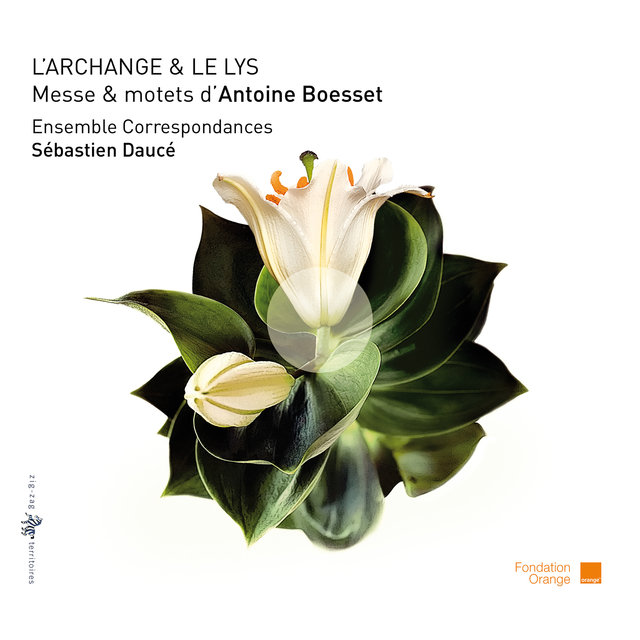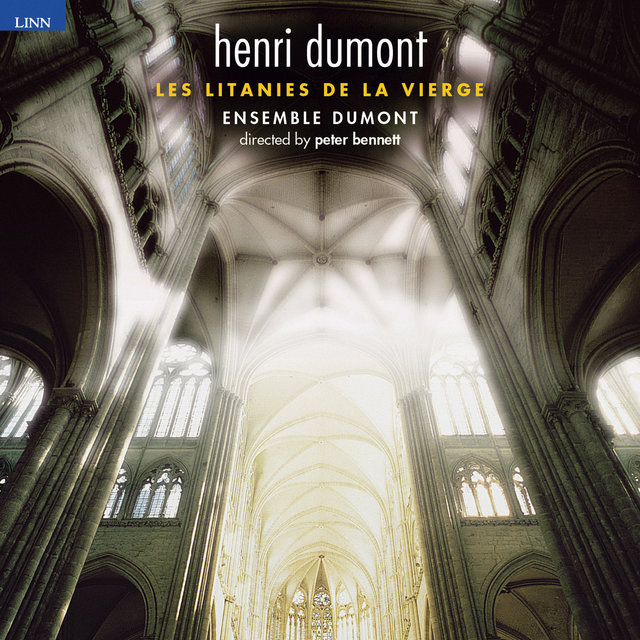Each month, the Centre de musique baroque de Versailles establishes a thematic playlist for you to experiment an immersive journey in the French musical repertoire of the 17th and 18th centuries. Enjoy the music !

Playlist by Thomas Leconte, Researcher & Editorial Manager
While the music that made the reign of Louis XIV so glorious is well known, little is known about the music that accompanied the early years of the Grand Siècle. Alongside the great composers (Lully, Charpentier, Rameau, Couperin, etc.), the CMBV has always endeavoured to promote the musicians and repertoires that, during the first half of the seventeenth century, contributed to the development of a genuine 'French style', which reached its apogee under the reign of Louis XIV. Two precious manuscripts held by the Bibliothèque municipale de Tours and the Bibliothèque nationale de France help us to understand this development, from the polyphonic heritage of the late Renaissance to the prefigurations of the grand and petit motets, emblematic genres of the reign of Louis XIV. This playlist features some of the finest works from this unique collection.
These two collections bring together the rare manuscript remains, mostly anonymous, of polyphonic French church music from the early seventeenth century - motets, a few masses - as well as a dozen pieces in French or Provençal. A number of names (which have given rise to hasty or uncertain attributions) appear throughout the pages, including the great masters of the time: Guillaume Bouzignac, Boesset (Antoine or his son Jean-Baptiste), Étienne Moulinié, Henry Du Mont, as well as André Péchon, Pierre Gaydon, Pierre Méliton and a certain Gaillard. The vocal forces and arrangements are highly varied, ranging from large polyphonic developments with several choirs to delicate, chiselled jewels for 2, 3, 4 or 5 voices. Some of the pieces are common to both manuscripts, demonstrating an obvious kinship. The ensemble thus offers a vast repertoire of 344 pieces dating from around 1630-1660, a complete edition of which is freely available online from the CMBV: https://omeka.cmbv.fr/s/les-recueils-Tours-168-et-Deslauriers/page/accueil
Varied, inventive, by turns powerful and flamboyant, delicate and poignant, this music is still rarely recorded. Here they are served up with fervour by the finest specialists: William Christie, at the helm of his Arts florissants, augmented - as in the old masterclasses - by the angelic voices of the Pages de la Chapelle (formerly known as the Pages du Centre de musique baroque de Versailles); the Dumont ensemble, founded and directed by the British organist and musicologist Peter Bennett, who has himself worked extensively on these manuscripts; and more recently, the Correspondances ensemble, directed by Sébastien Daucé.
From manuscript 168 in the Bibliothèque municipale de Tours (known as the 'Tours Manuscript'), which contains around a hundred pieces, we hear here the impressive Te Deum à 8 (traditionally - but wrongly - attributed to Bouzignac) that opens the volume, as well as more intimate pieces (Ave Maria, Flos in flores, Salve Jesu piissime).

Even more important (294 pieces) is the manuscript Rés. Vma ms. 571 of the Bibliothèque nationale de France ("Manuscrit Deslauriers") contains an interesting corpus of works for 4 or 5 equal voices (Visitat Maria Elisabeth, Quam pulchra es, Messe à 4 du 11e mode, Magnificat, Domine salvum fac regem, Anna mater matris, Ave mater pia), including several signed by Boesset, perhaps intended for the nuns of the Royal Abbey of Montmartre (Paris) to whom he taught singing. Among the treasures in this manuscript are two polyphonic motets by Moulinié (O bone Jesu, Flores apparuerunt), as well as numerous anonymous pieces, including several on the Song of Songs, a biblical text particularly popular with composers of the time (Veni sponsa mea, Egredimini filiæ Sion).



Several motets are found in both manuscripts, such as the triumphant Jubilate Deo and the astonishing Dum silentium, where the voice of the angel Gabriel, emerging from the "silence", announces the Nativity in a little "sacred story".








